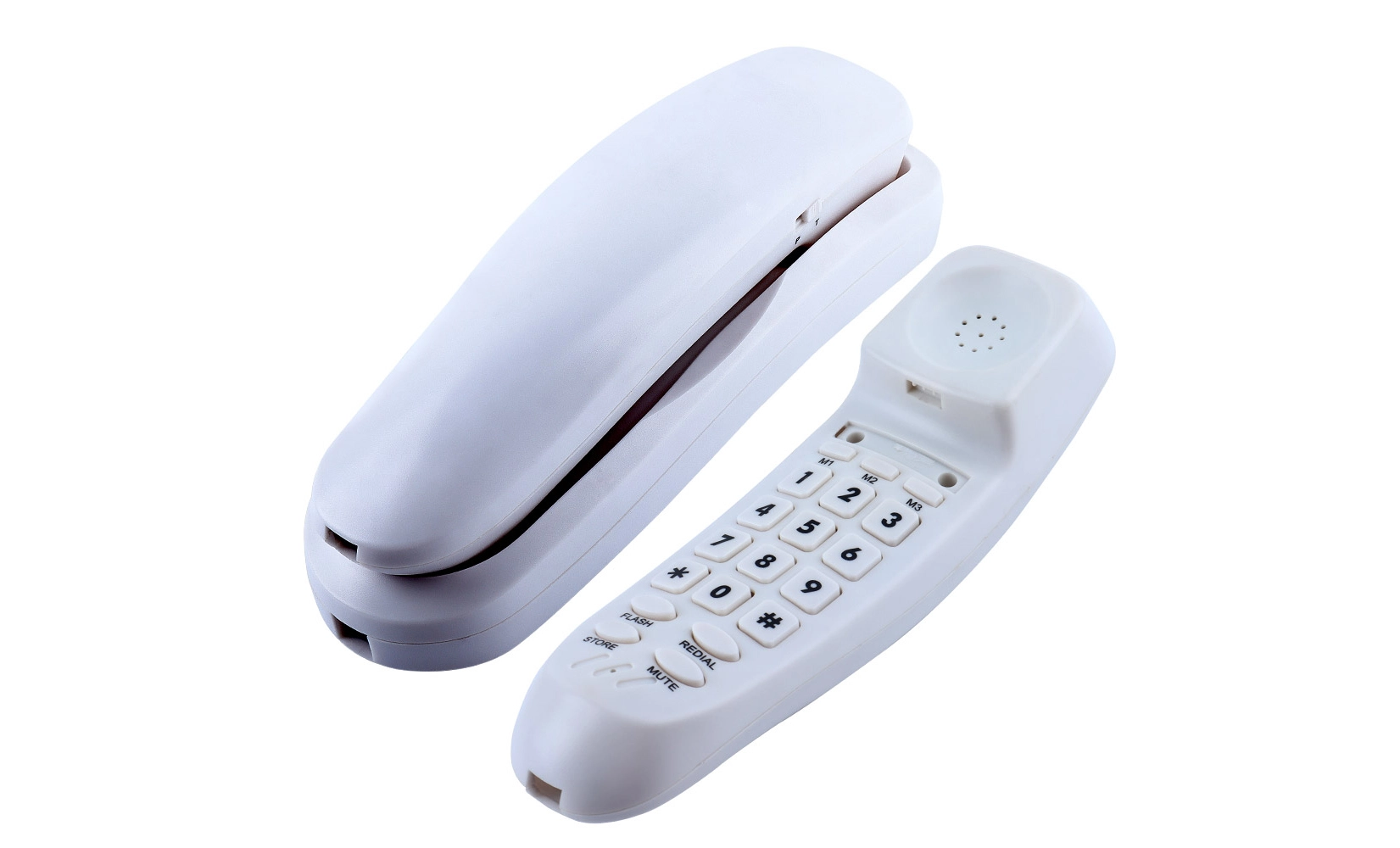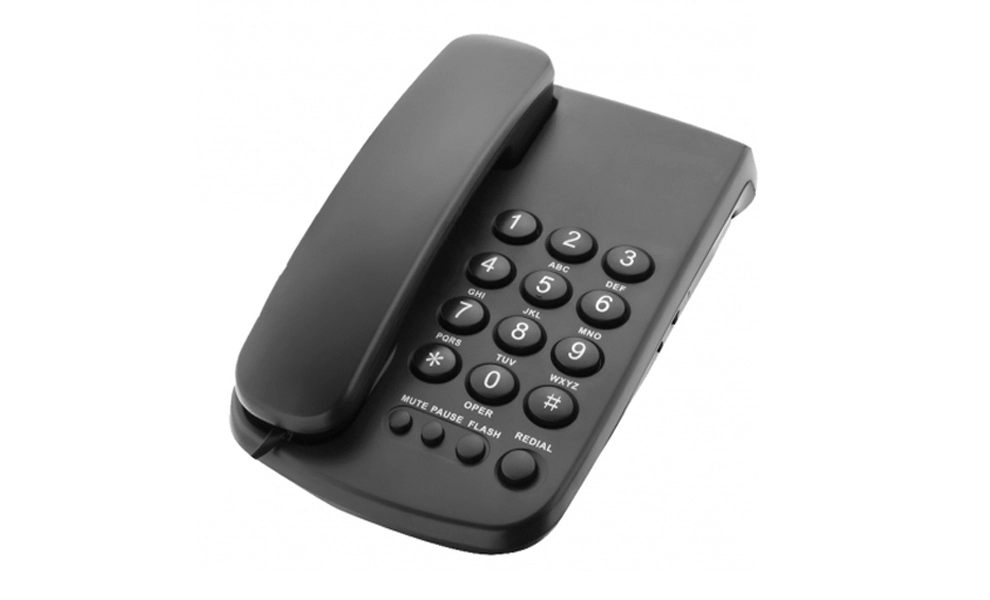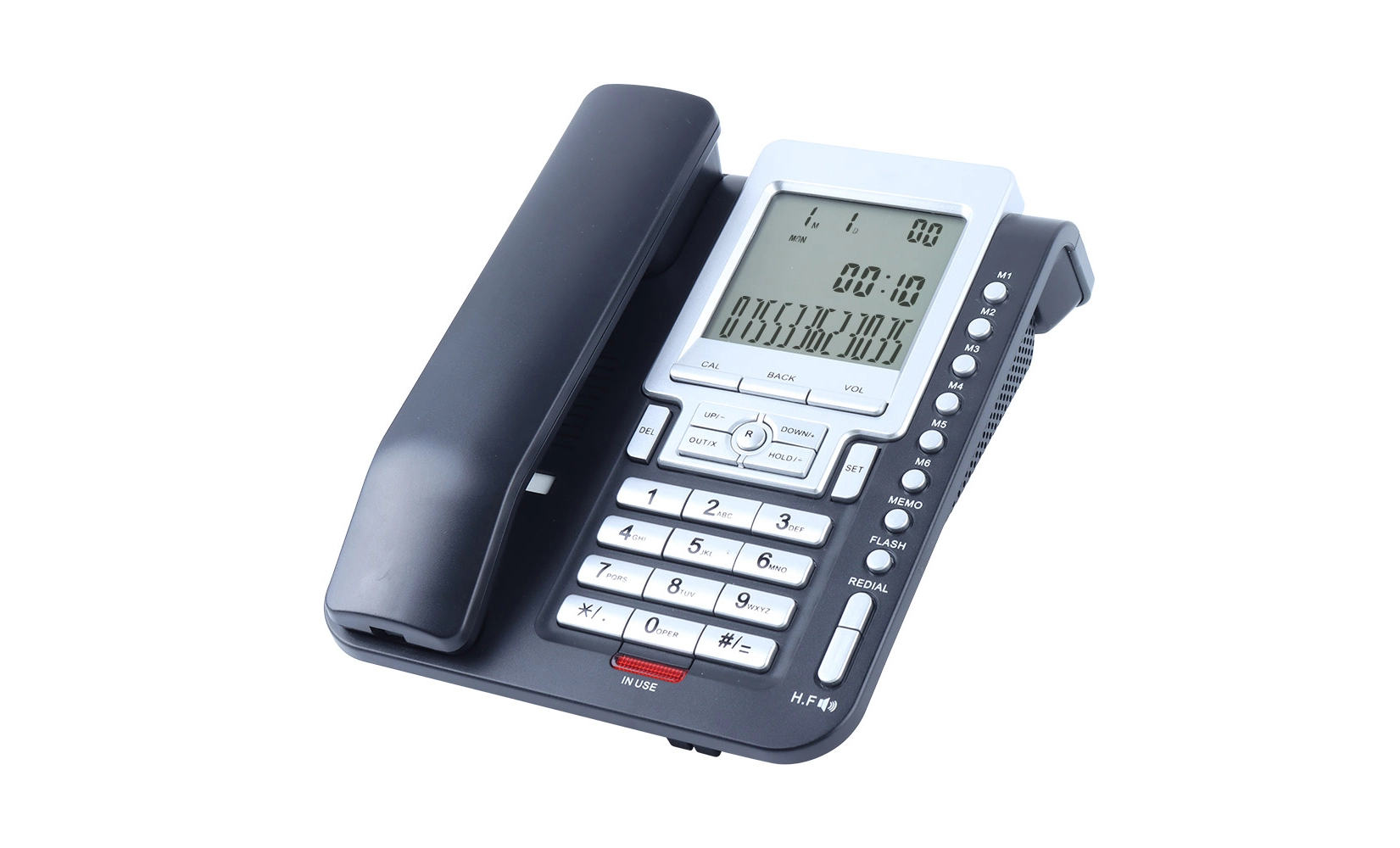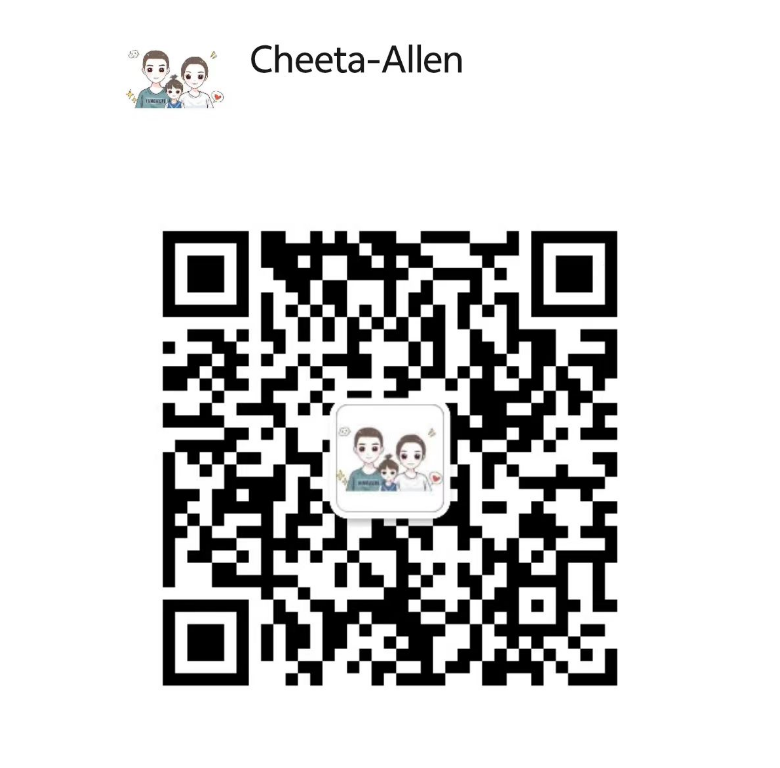Is the caller ID telephone compatible with all telephone networks?
 Caller ID telephones are generally compatible with most modern telephone networks, including analog, digital, and VoIP systems. These devices work by receiving caller information transmitted by the telephone company before the call is answered. However, compatibility can vary depending on the specific model of the caller ID telephone and the features supported by your local telephone service provider. Most caller ID telephones are designed to work with both FSK (Frequency Shift Keying) and DTMF (Dual-Tone Multi-Frequency) signaling methods, which are the two main standards used for transmitting caller information. This broad compatibility ensures that caller ID telephones can function effectively across a wide range of network types and locations.
Caller ID telephones are generally compatible with most modern telephone networks, including analog, digital, and VoIP systems. These devices work by receiving caller information transmitted by the telephone company before the call is answered. However, compatibility can vary depending on the specific model of the caller ID telephone and the features supported by your local telephone service provider. Most caller ID telephones are designed to work with both FSK (Frequency Shift Keying) and DTMF (Dual-Tone Multi-Frequency) signaling methods, which are the two main standards used for transmitting caller information. This broad compatibility ensures that caller ID telephones can function effectively across a wide range of network types and locations.
Introducing Caller ID Technology and Network Compatibility
Caller ID technology has revolutionized the way we handle incoming calls, providing valuable information about the caller before we even pick up the phone. This feature has become increasingly popular in both residential and business settings, prompting many to invest in caller ID telephones. To fully grasp the compatibility of these devices with various telephone networks, it's essential to delve into the technology behind caller ID and how it interacts with different network types.
The Mechanics of Caller ID
Caller ID, also known as Calling Line Identification (CLI), works by transmitting the caller's information between the first and second ring of an incoming call. This information typically includes the caller's phone number and, in some cases, their name if it's available in the telephone company's database. The caller ID telephone then decodes this information and displays it on its screen, allowing the recipient to make an informed decision about whether to answer the call.
Signaling Methods: FSK and DTMF
There are two primary signaling methods used for transmitting caller ID information:
- FSK (Frequency Shift Keying): This is the most common method used in North America and many other parts of the world. FSK transmits data by varying the frequency of a carrier signal.
- DTMF (Dual-Tone Multi-Frequency): Also known as touch-tone, this method is used in some regions and uses a combination of two simultaneous tones to transmit data.
Most modern caller ID telephones are designed to support both FSK and DTMF signaling, making them compatible with a wide range of telephone networks globally. This dual compatibility ensures that these devices can function effectively in various countries and regions, regardless of the local standard used for caller ID transmission.
Network Types and Caller ID Compatibility
Caller ID telephones can work across several types of telephone networks:
- Analog Networks: Traditional landline networks that use copper wire infrastructure. Caller ID has been a standard feature on these networks for decades.
- Digital Networks: Including ISDN (Integrated Services Digital Network) lines, which can provide more advanced caller ID features.
- VoIP (Voice over Internet Protocol): Internet-based phone systems that can support caller ID, often with enhanced features like name lookup from online databases.
- Mobile Networks: While not directly related to landline caller ID telephones, mobile networks also support caller ID functionality, often integrating with home phone systems.
The widespread adoption of caller ID across these network types means that most caller ID telephones will work seamlessly with the majority of telephone systems. However, it's important to note that the specific features available may vary depending on the network and the service provider.
Factors Affecting Caller ID Telephone Compatibility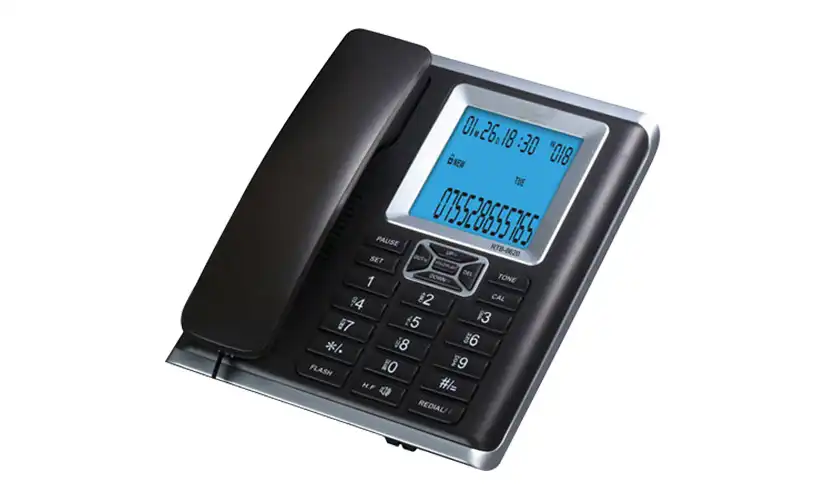
While caller ID telephones are designed to be widely compatible, several factors can influence their functionality and effectiveness across different networks and regions. Understanding these factors can help users make informed decisions when selecting a caller ID telephone and troubleshoot any compatibility issues that may arise.
Service Provider Support
The level of caller ID support can vary among telephone service providers. Some factors to consider include:
- Feature Availability: Not all service providers offer caller ID as a standard feature. Some may require additional subscription or activation.
- Information Transmitted: The amount and type of information sent with caller ID can differ. Some providers may only transmit phone numbers, while others include names and additional data.
- Network Infrastructure: The quality and modernization of the provider's network can affect the reliability of caller ID transmission.
Regional Variations
Caller ID standards and practices can vary by country or region:
- Signaling Protocols: Different regions may prefer FSK or DTMF, influencing the compatibility of imported caller ID telephones.
- Legal Requirements: Some countries have specific regulations regarding caller ID, which can affect how the feature is implemented and used.
- Character Set Support: In regions with non-Latin alphabets, caller ID telephones may need to support specific character sets to display caller information correctly.
Device Specifications
The capabilities of the caller ID telephone itself play a crucial role in compatibility:
- Signaling Support: High-quality caller ID telephones often support both FSK and DTMF, maximizing compatibility.
- Display Capabilities: The device's ability to display different types of information (numbers, names, icons) can affect its usefulness across various networks.
- Software Updates: Some advanced caller ID telephones may support firmware updates, allowing for improved compatibility over time.
Integration with Modern Features
As telephone technology evolves, caller ID telephones may need to integrate with newer features:
- VoIP Compatibility: The ability to work with internet-based phone systems is increasingly important.
- Smart Home Integration: Some caller ID telephones can connect to home automation systems or smartphones for enhanced functionality.
- Call Blocking Features: Advanced caller ID systems may include call blocking capabilities, which can interact differently with various networks.
 Optimizing Caller ID Telephone Performance Across Networks
Optimizing Caller ID Telephone Performance Across Networks
To ensure the best possible performance and compatibility of caller ID telephones across different networks, users and manufacturers can take several steps. These optimizations can help overcome potential compatibility issues and enhance the overall caller ID experience.
For Users: Maximizing Compatibility
If you're using or planning to purchase a caller ID telephone, consider the following tips:
- Check with Your Service Provider: Confirm that your telephone service includes caller ID and inquire about any specific requirements or limitations.
- Choose Multi-Standard Devices: Opt for caller ID telephones that support both FSK and DTMF signaling for broader compatibility.
- Consider Future-Proofing: Look for devices that can be updated or have advanced features that may be useful as networks evolve.
- Test Before Travel: If you plan to use your caller ID telephone in different countries, check its compatibility with local networks beforehand.
- Explore VoIP Options: For maximum flexibility, consider caller ID telephones that can work with both traditional landlines and VoIP services.
For Manufacturers: Enhancing Device Compatibility
Manufacturers of caller ID telephones can take steps to improve the compatibility of their devices:
- Implement Universal Standards: Design devices that support multiple signaling methods and character sets to ensure global compatibility.
- Provide Software Updates: Offer firmware update capabilities to address new standards or network changes over time.
- Enhance Display Technology: Develop screens that can clearly display a wide range of information, including non-Latin characters.
- Integrate Smart Features: Incorporate features like Wi-Fi connectivity or smartphone apps to extend functionality beyond traditional networks.
- Conduct Extensive Testing: Perform thorough compatibility testing across various networks and regions before product release.
Network Considerations for Optimal Performance
To ensure the best caller ID experience, network operators and service providers should:
- Maintain Updated Infrastructure: Keep network equipment up-to-date to support the latest caller ID standards and features.
- Offer Comprehensive Caller ID Services: Provide full caller ID functionality, including name transmission where possible.
- Support Multiple Standards: Ensure networks can transmit caller ID information using both FSK and DTMF methods.
- Collaborate with Manufacturers: Work with caller ID telephone manufacturers to address compatibility issues and improve user experience.
- Educate Customers: Provide clear information about caller ID services, including any limitations or special features available.
Conclusion
Caller ID telephones have become an integral part of modern communication systems, offering users valuable information and control over their incoming calls. While these devices are generally compatible with most telephone networks, various factors can influence their performance and functionality. By understanding the technology behind caller ID, the different network types, and the potential compatibility issues, users can make informed decisions when selecting and using caller ID telephones.
Manufacturers and service providers play crucial roles in ensuring broad compatibility and optimal performance of caller ID telephones across diverse networks. As telephone technology continues to evolve, with the increasing prevalence of VoIP and smart home integration, the future of caller ID telephones looks promising. These devices are likely to become even more sophisticated, offering enhanced features and seamless integration with various communication platforms.
CHEETA telephones work across analog/PBX systems | CHEETA
Shenzhen Cheeta Technology Co., Ltd. stands out as a premier analog telephone manufacturer with over 18 years of expertise in OEM/ODM services. Our state-of-the-art 1,200㎡ facility, staffed by 100+ skilled workers and 10 senior engineers, ensures a daily production capacity of 1,000 analog units. We pride ourselves on adhering to CE and ROHS standards, implementing an 11-step inspection process that maintains our failure rate below 1%. Our commitment to quality, combined with our ability to offer full OEM/ODM customization, makes us a reliable partner for global buyers seeking top-tier communication solutions. For inquiries about our innovative telephone products, please contact us at allen@cheeta.com.cn.

References
1. Smith, J. (2021). "The Evolution of Caller ID Technology in Modern Telecommunications". Journal of Communication Technologies, 15(3), 234-249.
2. Johnson, A. & Lee, S. (2020). "Network Compatibility Issues for Caller ID Systems: A Global Perspective". International Telecom Review, 28(2), 112-128.
3. Telecommunications Industry Association. (2019). "Standards for Caller ID Transmission and Display". TIA Technical Report, TR-45.
4. Brown, R. (2022). "VoIP and Traditional Landlines: Integrating Caller ID Across Platforms". Network Solutions Quarterly, 7(1), 45-62.
5. Garcia, M. et al. (2023). "User Experiences with Caller ID Telephones: A Cross-Cultural Study". Human-Computer Interaction in Telecommunications, 42(4), 301-317.
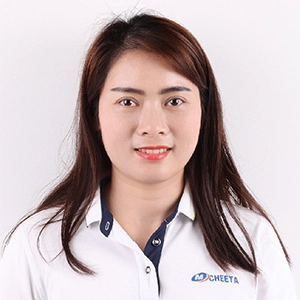
Kindly inform us your interested product and your detailed requirement, so that we can give you a best suggestion.
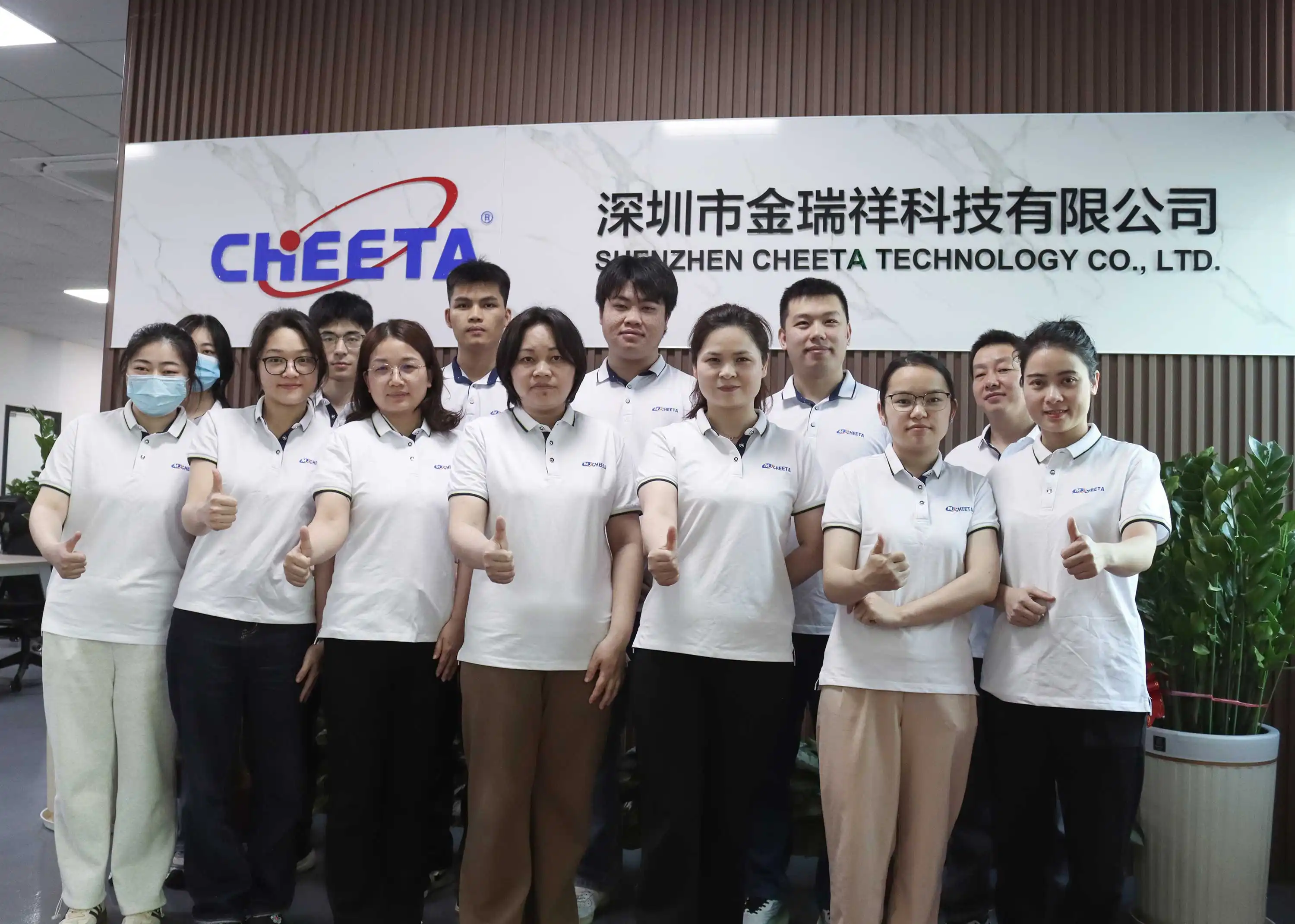
Shenzhen Cheeta Technology Co., Ltd – Leading Communication Telephone Manufacturer
